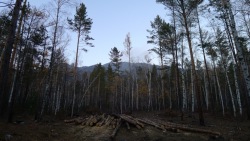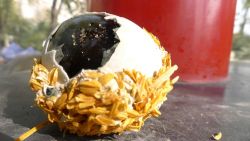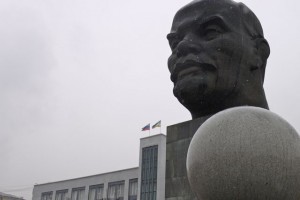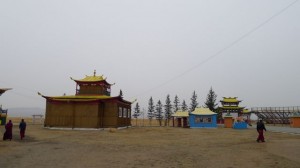Living
Russian villages are tightly built. There is very little empty space between houses, but paradoxically enough private property is fenced off from the neighbors. This style of living would make sense somewhere in Tokyo, where each centimeter is at premium, but not in Siberia. There are vast empty areas here and you can actually get land for free from government (as well as an interest-free house loan intended for building a house), but for some mysterious reason people build their houses right next to each other. Is it fear of being alone and xenophobia at the same time? Does not compute.
Little differences
Vincent: Yeah baby, you’d dig it the most. But you know what the funniest thing about Europe is?
Jules: What?
Vincent: It’s the little differences. I mean, they got the same shit over there that we got here, but it’s just – it’s just there it’s a little different.
from “Pulp Fiction”
It is indeed fun to spot these things when traveling. Some examples 1) State of light switches is reversed in Russia. The off-state in Europe is on in Russia and vice versa. Same applies in China. 2) Direction for hot-cold water in an one-handle tap is opposite. Right for hot water and left for cold water. In some places it is opposite, more familiar right-hot and left-water, but the reverse is much more common. What is actually confusing is that in some places marking and the actual flow is switched. In China it is even more confusing, as it seems there is no one standard, so it is random guessing every time you use a tap in a new place. There are usually no markings either and crappy boilers make things even more confusing.
I could not think of any logical reason why either way in both cases is better than the other one, so let’s fill these under “little differences” department.




